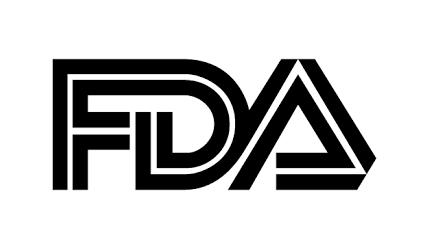
FDA Reorganization to Rely on Inspections Teams
As the reorganization of the FDA inspectorate takes shape behind the scenes, details are emerging about how the agency will operate under its new structure — including plans to rely exclusively on specialized teams to carry out all facility inspections.
Within two years, the FDA plans to have the changes in place, and companies can expect to be inspected by teams that will have detailed expertise in the lifecycle of the particular drug they make.
The change is part of the reorganization of the new Office of Pharmaceutical Quality (OPQ) that will go hand in hand with the reorganization of the inspectorate under the Office of Regulatory Affairs. Ravi Harapanhalli, a former FDA chemistry and manufacturing controls branch chief who is familiar with the agency’s plans, says the result will be better informed investigators and speedier resolutions of quality problems.
The OPQ will be responsible for setting new enforcement policies and integrating quality reviews, evaluations and inspections policy under one office, while the ORA will continue carrying out inspections. The long-term relationships between the two offices have yet to be ironed out.
The first part of the new reorganization, expected to take place in 2015, will focus on using specialized teams to review new products throughout their lifecycle starting at the preapproval stage. CDER Director Janet Woodcock said that the FDA currently is undergoing a pilot for such team-based product reviews.
A key advantage of the new approach is that the same specialized team will review the drug, any new dosage forms that come about and the product’s respective generics, which will create a new level of efficiency and consistency, said Harapanhalli, technical vice president with Parexel Consulting. “This was long desired because inspections are dosage form specific,” he said.
One benefit to industry of the specialized teams will be the agency’s ability to provide clearer feedback to a company when it receives a Form 483 about what needs to be done to resolve it, Harapanhalli added, because the team will be intimately familiar with that product and its requirements.
“When firms submit responses to 483 observations, [then] specialized teams can apply their expertise and experience in reviewing responses and resolving them without the need for multiple cycles [of correspondence],” Harapanhalli said.
While the concept of team-based reviews is not new, there has never been an agency policy to ensure they happened routinely, he added. Under OPQ, such reviews will become routine and the makeup of the teams will be standardized.
For the team-based reviews to work, they will have to follow implementation of agency plans to create product-specific enforcement units under the agency’s Program Alignment Group (PAG) initiative.
Under the initiative, the agency will organize regulatory and compliance programs around individual product types such as pharmaceuticals, devices and food. Today an inspector might inspect a pharmaceutical plant on one day and a device plant the next. Each of the FDA’s centers is working to create action plans by Oct. 1 on how to implement PAG.
The PAG initiative is “absolutely critical” to implementing the agency’s other pharmaceutical quality efforts, said Howard Sklamberg, deputy commissioner for global regulator operations and policy.
As the new reorganization gets up and running, investigators will also begin applying a risk-based approach to all preapproval, postmarket and routine good manufacturing practice inspections, a requirement under the 2012 FDA Safety and Innovation Act.
Instead of the current system of inspecting a facility every two years, agency visits will be based on the state of quality. Poor quality facilities will be inspected more and facilities with a good record will see fewer visits.
This effort will be aided by CDER’s ongoing development of a set of manufacturing quality metrics that will help benchmark a company’s performance against the industry norms and identify companies that need more frequent inspections.
The overall shift in quality oversight to be spearheaded by OPQ should be completed within the next decade, will likely result in 50 percent fewer routine inspections and in turn more preapproval and postmarket inspections, John Avellanet, managing director of the consulting firm Cerulean Associates, said.
For example, say a large drugmaker has 17 different manufacturing facilities. Under a routine inspection process the agency has to go to all of the facilities. Under the proposed system, the agency would only inspect facilities experiencing problems or needing preapproval inspections.
“The workload drops dramatically for the agency,” Avellanet said. That drop will give the FDA the freedom to aggressively pursue GMP violations when they do occur, he added. Under the new approach, if the agency comes for a postmarket inspection, it is because “you didn’t do something right.” — Robert King
For more information about the FDA’s reorganization plans, check out FDAnews’ Ninth Annual FDA Inspections Summit.
Originally appeared in Drug Industry Daily, the pharmaceutical industry’s number one source for regulatory news and information. Click here for more information.
